| Autres noms | Lame de granulateur en plastique, Couteau de coupe de granulés en plastique, Lame de granulateur en plastique, Couteau de granulation en plastique |
|---|---|
| Lieu d'origine | Chine |
| Application | Industrie du recyclage du plastique |
| Matériel | Sk2,HSS,M2,SKD11 |
| Numéro de modèle | CB-PC |
| Service OEM | Disponible |
| Modalités de paiement | LC, T/T, Western Union |
| Emballer | Boîte en carton, Dans des caisses en bois |
| Délai de livraison | 7-20 jours |
Partager à:
Plastic pelletizer blades, also known as lames de granulateur, pelletizing knives, ou rotor knives et stator knives (depending on their position in the pelletizer), are critical cutting tools used in plastic pelletizing machines. These machines reduce larger pieces of plastic into small, uniform pellets or granules, which are the primary feedstock for manufacturing various plastic products. Plastic pelletizer blades are specifically designed to efficiently and cleanly cut different types of plastic materials into these consistent pellet sizes.
Plastic pelletizer blades are essential in the plastic recycling and manufacturing industries. Their main applications include:
The materials used for plastic pelletizer blades must be highly wear-resistant to withstand the abrasive nature of some plastics and fillers, as well as the continuous high-speed operation of pelletizing machines. Common materials include:
The hardness of plastic pelletizer blades typically ranges from HRC 52 to 65, depending on the material and the type of plastic being processed. Proper heat treatment is crucial to achieve the optimal balance of hardness and toughness. Coatings like chromium plating or titanium nitride (TiN) can be applied to further enhance surface hardness, reduce friction, and improve corrosion resistance.
Plastic pelletizer blades come in various shapes and configurations depending on the type of pelletizing machine (e.g., strand pelletizers, underwater pelletizers, die-face pelletizers) and the desired pellet size and shape. Common shapes include:
The working principle involves the rotating plastic pelletizer blades (rotor or fly knives) passing closely by the stationary stator knives or the die face, cutting the continuous strands or the extruded melt into small pieces. The clearance between the rotor and stator knives is critical for clean cutting and preventing material from being smeared or pulled. The speed of rotation and the feed rate of the plastic material determine the size and shape of the resulting pellets. Different blade geometries and cutting configurations are used to optimize pellet quality and production efficiency for various types of plastics and throughput requirements.
Profitez facilement de la commodité de l'importation, du transport au dédouanement, nous gérons l'ensemble du processus, il vous suffit de payer la TVA et d'attendre que les marchandises arrivent à l'entreprise.
Nous avons vu ses lames utilisées dans d'innombrables applications et sommes prêts à gérer tout projet que vous nous lancez, offrant précision, durabilité et prix compétitifs inégalés.
Que vous nous fournissiez des dessins, des croquis ou des échantillons, nous sommes en mesure de les dessiner et de les fabriquer pour vous. Nous avons également la capacité d'aider à modifier les conceptions et les spécifications existantes pour améliorer presque toutes les applications d'outillage industriel. Veuillez contacter notre équipe commerciale dédiée pour discuter de vos besoins spécifiques.
Une série de tests et d'inspections sont effectués pour contrôler la qualité, y compris l'inspection du premier article, l'inspection des matériaux entrants et les matériaux certifiés, l'inspection de la qualité en cours de processus et l'inspection de la qualité finale.
Que vous soyez importateur, distributeur, grossiste ou utilisateur final, nous vous invitons à nous rejoindre avec un MOQ minimum, aucun tracas pour la demande et plus de liberté pour l'achat.
Devenez votre moniteur exclusif, transmission régulière de chaque nœud important de la chaîne de production, quelle que soit la distance, la progression du produit dans la mesure du possible à saisir !
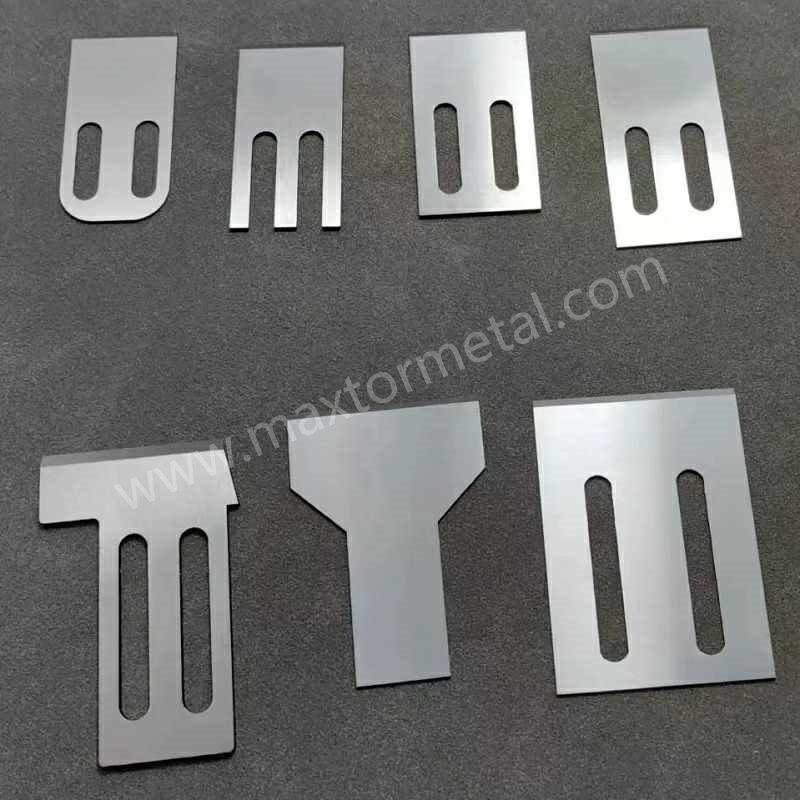
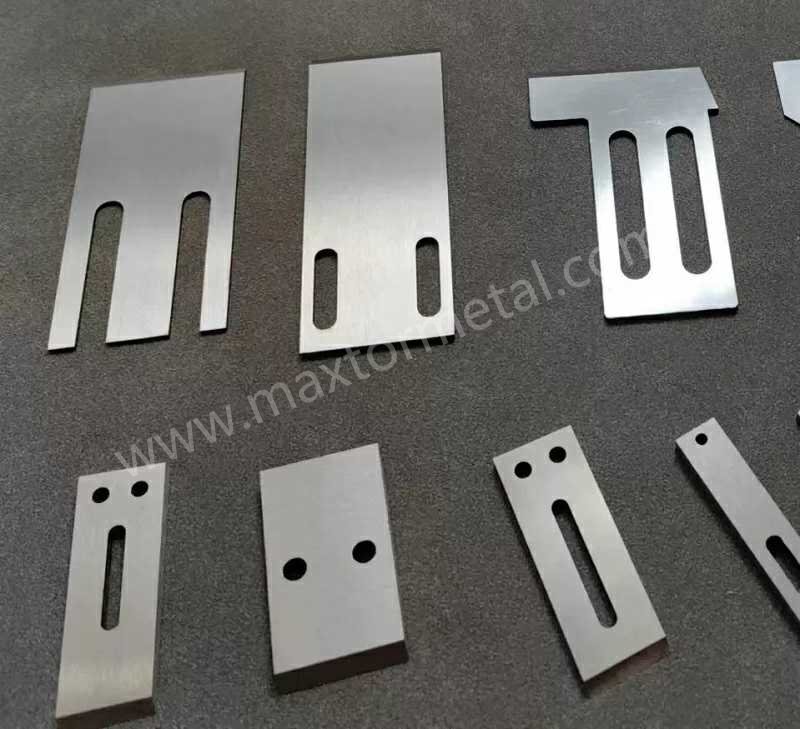
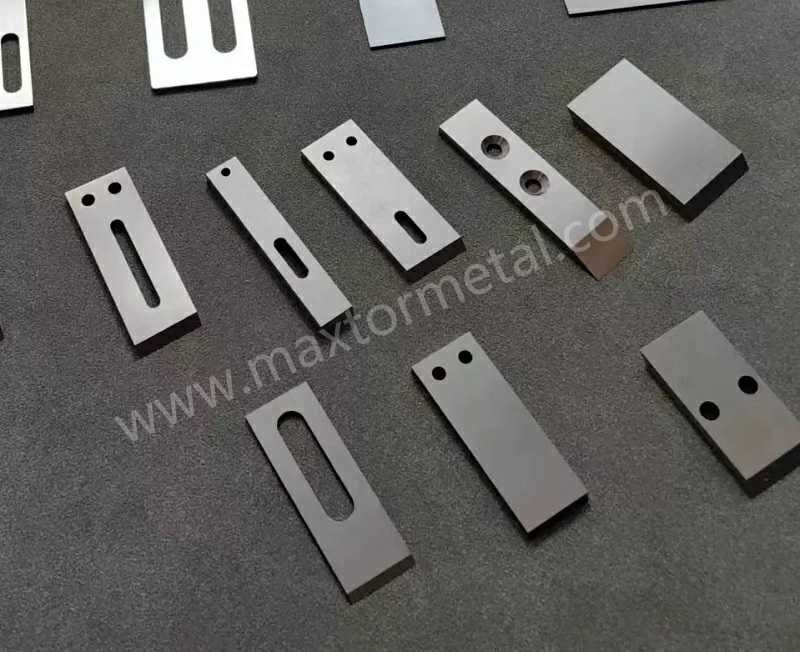
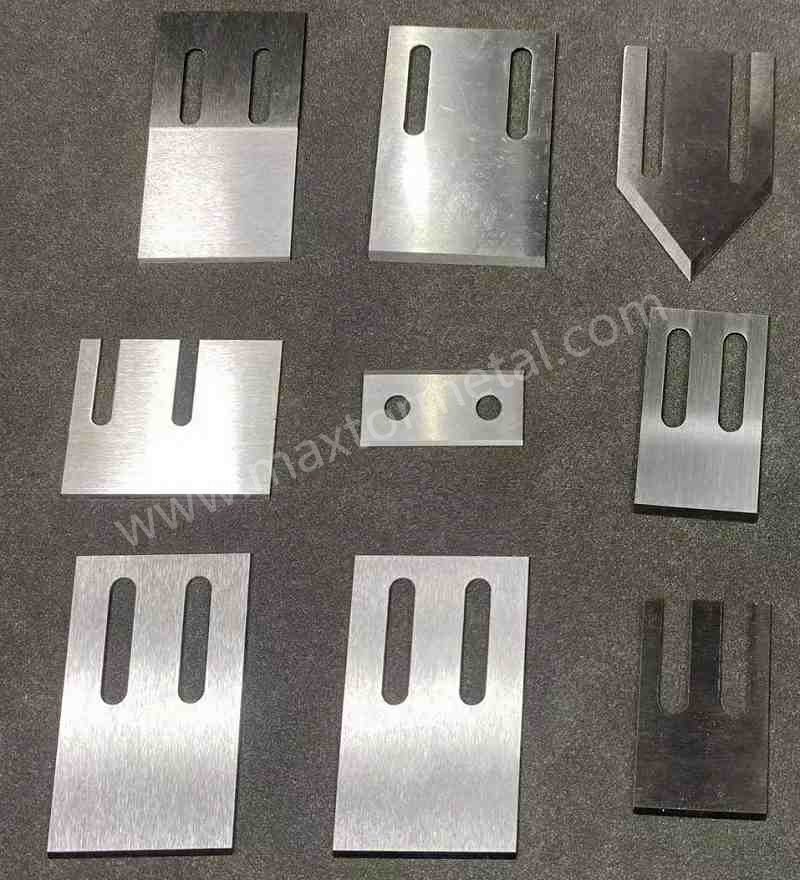
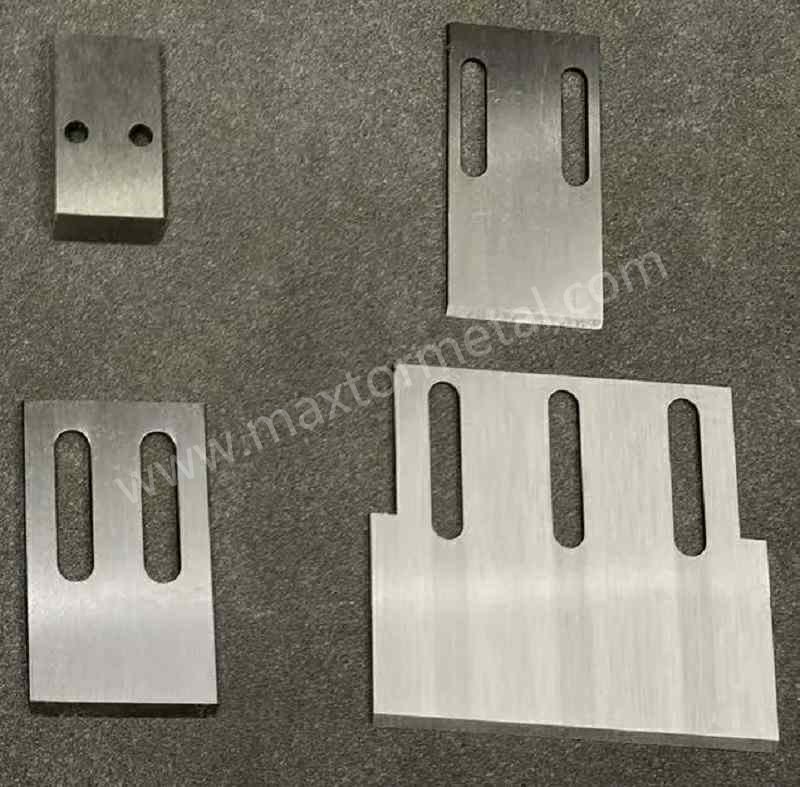
Nanjing Metal Industrial CO., Limitée
Parc industriel Mingjue, Lishui, Nanjing, Jiangsu, Chine
Restez au courant de nos dernières nouvelles.